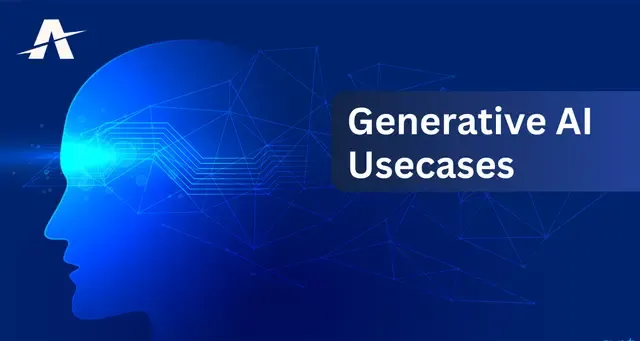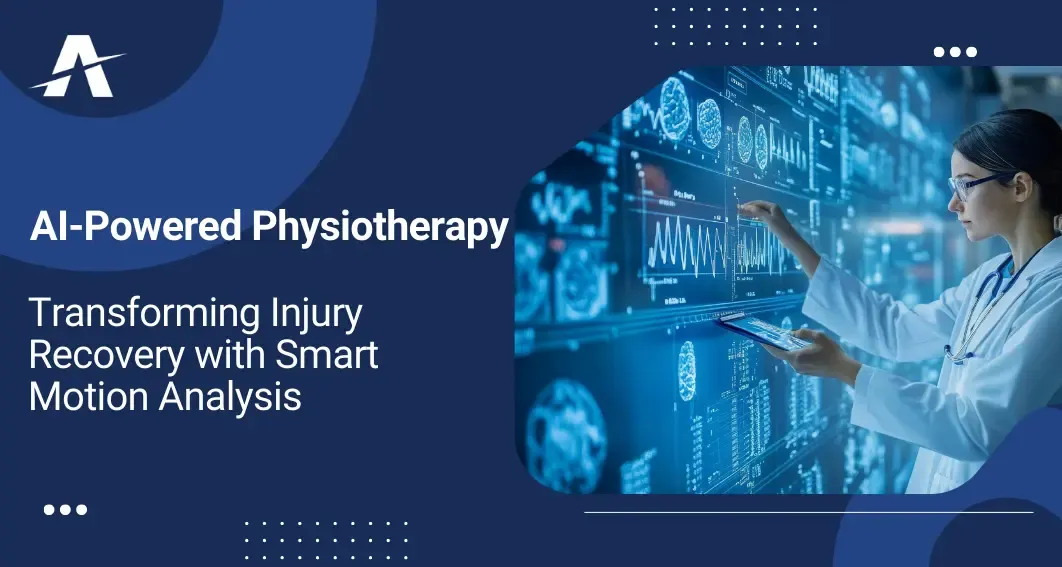
AI in physiotherapy is changing how people recover from injuries. Traditional physical therapy is helpful but can be time-consuming, require a lot of resources, and may not suit everyone’s specific needs. With the rise of AI-powered physiotherapy, recovery is becoming quicker, more personalized, and more accessible. Technologies like smart motion analysis, wearable sensors, and tele-rehabilitation platforms are making treatment easier and more effective.
Introduction to AI in Physiotherapy
Physiotherapy plays a crucial role in restoring mobility and functionality after injury or illness. Today, AI in physiotherapy is revolutionizing this field by providing data-driven, automated, and highly accurate solutions. Through digital physical therapy platforms and AI-powered tools, patients receive more efficient care, while therapists can better track and optimize recovery plans.
The Rise of Smart Motion Analysis in Rehab
One of the most groundbreaking developments in injury recovery is smart motion analysis. Using motion tracking for injury recovery, AI algorithms analyze joint movements, detect abnormalities, and provide real-time feedback. These systems capture biomechanical data and convert it into actionable insights, greatly enhancing biomechanical analysis and improving precision in diagnostics and therapy.
For instance, motion sensors combined with AI software can identify improper posture or gait issues that are invisible to the naked eye, helping therapists deliver more targeted interventions.
Personalized Rehabilitation Through AI
Every injury and patient is unique. Traditional rehab often applies a one-size-fits-all approach. However, AI-powered physiotherapy customizes rehabilitation programs based on individual data such as movement patterns, injury history, and healing speed.
With predictive analytics in physio, AI can forecast recovery timelines and adjust exercises accordingly. AI for posture correction tools also provide personalized feedback, helping users build healthier movement habits from home or the clinic.
Role of Wearable Sensors and Remote Monitoring
Wearable sensors in rehab collect real-time data on joint angles, muscle activity, and range of motion. These devices are lightweight, non-invasive, and easy to use. When connected to AI platforms, they offer dynamic assessments of progress, helping therapists adapt treatment on the go.
This real-time tracking improves the quality of remote physiotherapy solutions, empowering patients to stick to rehab routines while being closely monitored by professionals.
Tele-Rehabilitation & Virtual Physiotherapy
The COVID-19 pandemic accelerated the adoption of tele-rehabilitation and virtual physiotherapy. Through video sessions, AR simulations, and mobile apps, patients can now recover at home while maintaining consistent communication with their therapists.
AI adds an extra layer by automating progress reports, identifying issues between sessions, and offering interactive rehab experiences. Remote physiotherapy solutions increase accessibility for rural or immobile patients without compromising on quality.
Comparing AI-Powered Physiotherapy vs Traditional Methods
| Feature | Traditional Physiotherapy | AI-Powered Physiotherapy |
|---|---|---|
| Personalization | Limited | Highly Personalized |
| Tracking | Manual | Real-Time & Automated |
| Accessibility | In-clinic visits | Remote & Virtual |
| Feedback Loop | Delayed | Instant Feedback |
AI vs. traditional physiotherapy clearly highlights the efficiency, flexibility, and scalability of AI-driven systems, making them a preferred choice for modern rehabilitation practices.
Case Studies & Real-World Applications
Several innovative platforms are redefining rehab using AI:
Kaia Health offers app-based AI physiotherapy for chronic pain.
Sword Health uses wearable motion sensors and AI to deliver home-based digital therapy
Physiotec integrates smart analytics and video exercises for tailored recovery.
These tools show how AI improves injury recovery and increases patient compliance with rehab protocols.
The Future of AI in Injury Recovery
As AI continues to evolve, we can expect:
Virtual reality physiotherapy powered by machine learning.
Integration with robotics for assisted mobility.
Enhanced predictive analytics in physio for pre-injury risk detection.
The future of AI in physical therapy lies in continuous adaptation, real-time learning, and deeper personalization—making recovery faster and more efficient than ever before.
Final Thoughts: Embracing AI for Smarter Recovery
AI in physiotherapy is no longer a futuristic concept it’s current reality with immense benefits. From smart motion analysis and wearables to tele-rehabilitation, AI is driving a new wave of injury recovery solutions that are efficient, affordable, and patient-friendly.
For clinics and therapists, now is the time to embrace AI-powered tools and reshape how physiotherapy is delivered. For patients, smarter, faster, and more personalized recovery is just a click away.
Frequently Asked Questions (FAQ)
1. What is AI in physiotherapy?
AI in physiotherapy uses artificial intelligence to assist with physical therapy. It helps track movements, analyze data, and create personalized recovery plans using smart tools like motion sensors and virtual platforms.
2. How does AI help with injury recovery?
AI speeds up recovery by offering real-time feedback, monitoring progress through wearable sensors, and adjusting exercises based on how well a patient is healing. It makes therapy more efficient and personalized.
3. What is smart motion analysis in physiotherapy?
Smart motion analysis uses AI and sensors to study how the body moves. It can detect problems with posture, balance, or joint movement and provide accurate data for better treatment plans.
4. Can AI physiotherapy be done at home?
Yes, many AI-powered physiotherapy platforms support tele-rehabilitation and virtual physiotherapy, allowing patients to do exercises at home while being monitored remotely by their therapist.
5. Are AI rehabilitation tools better than traditional methods?
AI tools offer faster feedback, data-driven insights, and personalized care. While traditional methods are still effective, combining them with AI often leads to better and quicker recovery results.
6. Is AI physiotherapy safe?
Yes, AI physiotherapy is generally safe when used under professional guidance. It enhances care quality by helping therapists make more informed decisions using real-time data.
7. What are some examples of AI tools in physiotherapy?
Some popular tools include:
Kaia Health – AI-based chronic pain rehab
Sword Health – Digital therapy with motion sensors
Physitrack – Remote rehab with smart tracking












